$74.97 Original price was: $74.97.$52.48Current price is: $52.48.
SKU: D2LSC 8772035422 Category: RARE PLANTS
- Free Shipping Worldwide
- Multiple payment options for secure shopping with SSL
- The best quality products, always.
- Multiple payment methods, safe and reliable

Lilac Daphne
Daphne genkwa
Common Names: Blue Daphne, Lilac Laurel
Plant Details
USDA Plant Hardiness Zones: 5a-8b (4?) Find Your Zone
Plant Type: Deciduous Flowering Shrub
Height at Maturity: 3-5′
Width at Maturity: 3-5′
Spacing: 3-4′ for solid hedges; 7′ for space between plants
Growth Habit / Form: Upright Mound
Growth Rate: Slow to Moderate
Flower Color: Lavender-Blue
Flower Size: Small, less than 1″ in clusters
Flowering Period: Late Winter to Spring
Flower Type: Tubular in clusters
Fragrant Flowers: Yes, very light and subtle
Foliage Color: Green, Gray Silver
Fragrant Foliage: No
Sun Needs: Full Sun or Mostly Sun, Morning Sun with Afternoon Shade, Morning Shade with Afternoon Sun
Water Needs: Average
Soil Type: Clay (Amend heavy clay to ensure good drainage), Loam, Sandy, Silt
Soil Moisture / Drainage: Moist But Well Drained
Soil pH: 6.0 – 7.5 (Moderately Acid to Neutral)
Maintenance / Care: Low
Attracts: Butterflies, Beneficial Pollinators, Visual Attention
Resistances: Cold Temperatures (-30F / Zones 4-8), Deer – more info, Disease, Heat
Description
Heralding the arrival of spring with an absolutely beautiful cloud of color, Daphne genkwa, commonly called Lilac Daphne, is a deciduous selection featuring abundant clusters of delicate, tubular shaped, lilac-like lavender-blue to lavender-pink flowers on every node of the long leafless stems in late winter to early spring. After flowering, handsome, elongated and pointed grey-green silky leaves cloth the long grey stems on a plant that is 3 to 5 feet tall and wide when all grown up. As with other Daphne species, this one doesn’t like to be moved, so make sure to pick out a permanent residence for this gem. Lilac Daphne grow will grow in full sun to part shade, is drought tolerant when established, and is not picky about soil type as long as its of average fertility and the drainage is good. Deer turn their nose up to it.
Landscape & Garden Uses
Growing 3 to 5 feet tall and equally as wide, the Lilac Daphne is ideal for use as a specimen or in groupings in sunny to partially shaded locations near patios, decks, porches and other outdoor living spaces where the flowers can be enjoyed from close up. A fine addition to Asian gardens, woodland gardens, cottage gardens, and Xeriscape gardens (low water needs).
Suggested Spacing: 3-4 feet apart for solid hedges; 7 feet or more apart for space between plants
Growing Preferences
Lilac Daphne is easy to grow in a moist but well-drained soil of average fertility, preferring an acidic soil. Unlike some other species that prefer shade, Daphne genkwa will grow in full sun or part shade. It has good drought tolerance when established.
Note: For helpful advice provided by our experts, click on the Planting & Care tab above on desktops or below on mobile phones. Do keep in mind that Daphne genkwa will grow in full sun or part shade.
Plant Long & Prosper!
Meet The Wilson Brothers & Staff
Questions? Contact Us!
Be the first to review “Lilac Daphne (Daphne Genkwa) – 2 Gallon Pot” Cancel reply
Related products
New
New
New
RARE PLANTS
New
New
RARE PLANTS
New
RARE PLANTS
New
RARE PLANTS
New

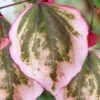

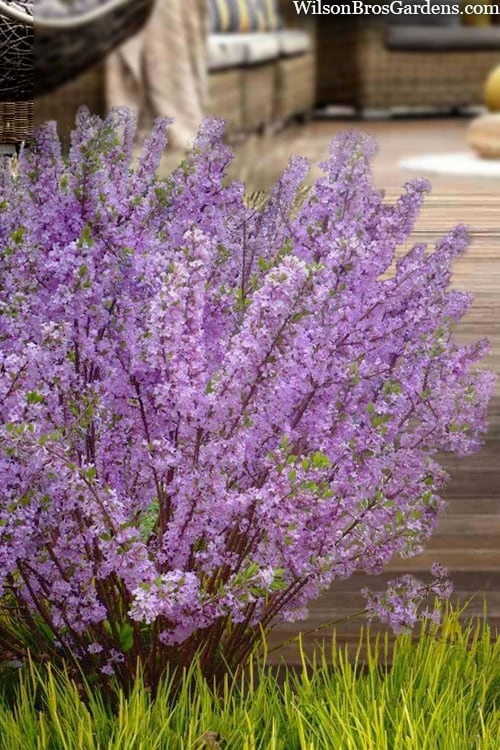


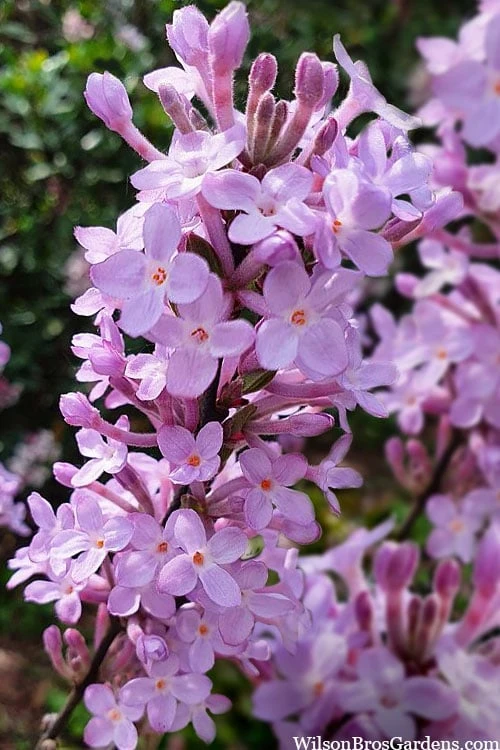


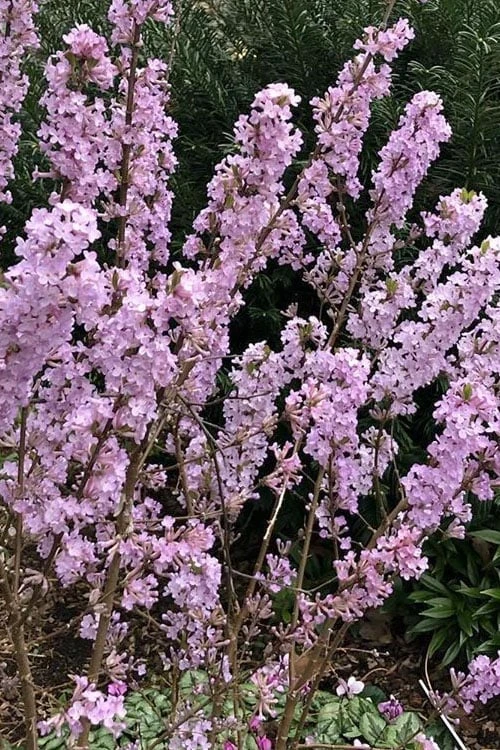

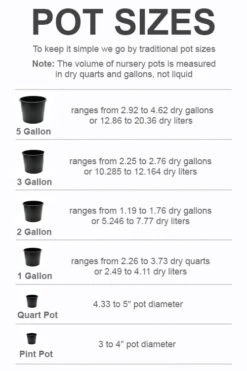

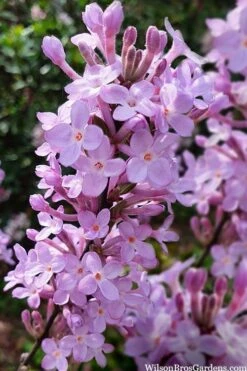
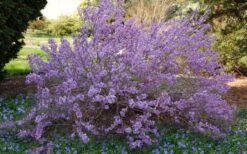

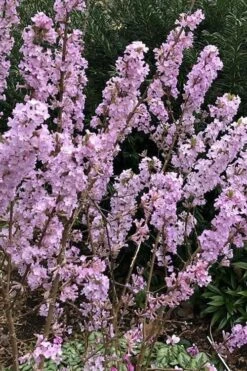
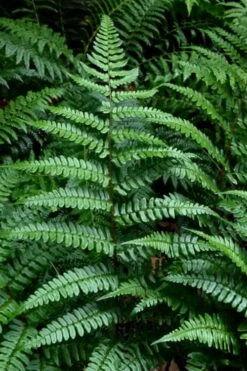
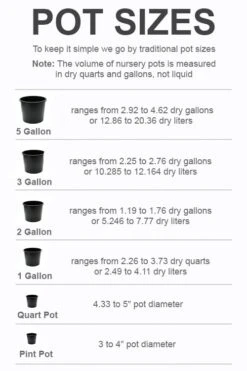
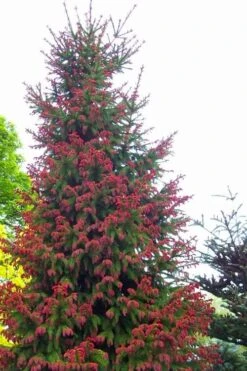

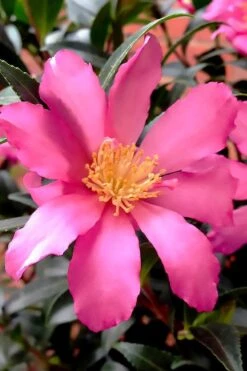

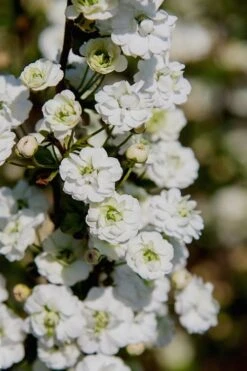



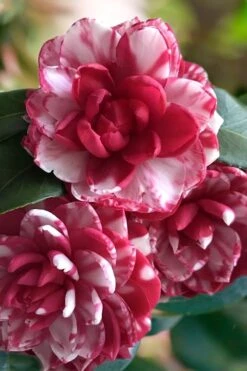
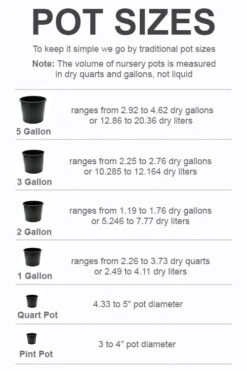

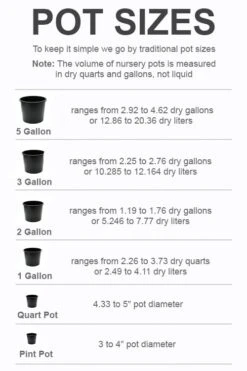
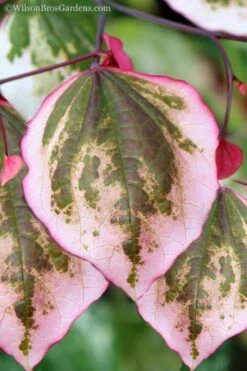

Reviews
There are no reviews yet.